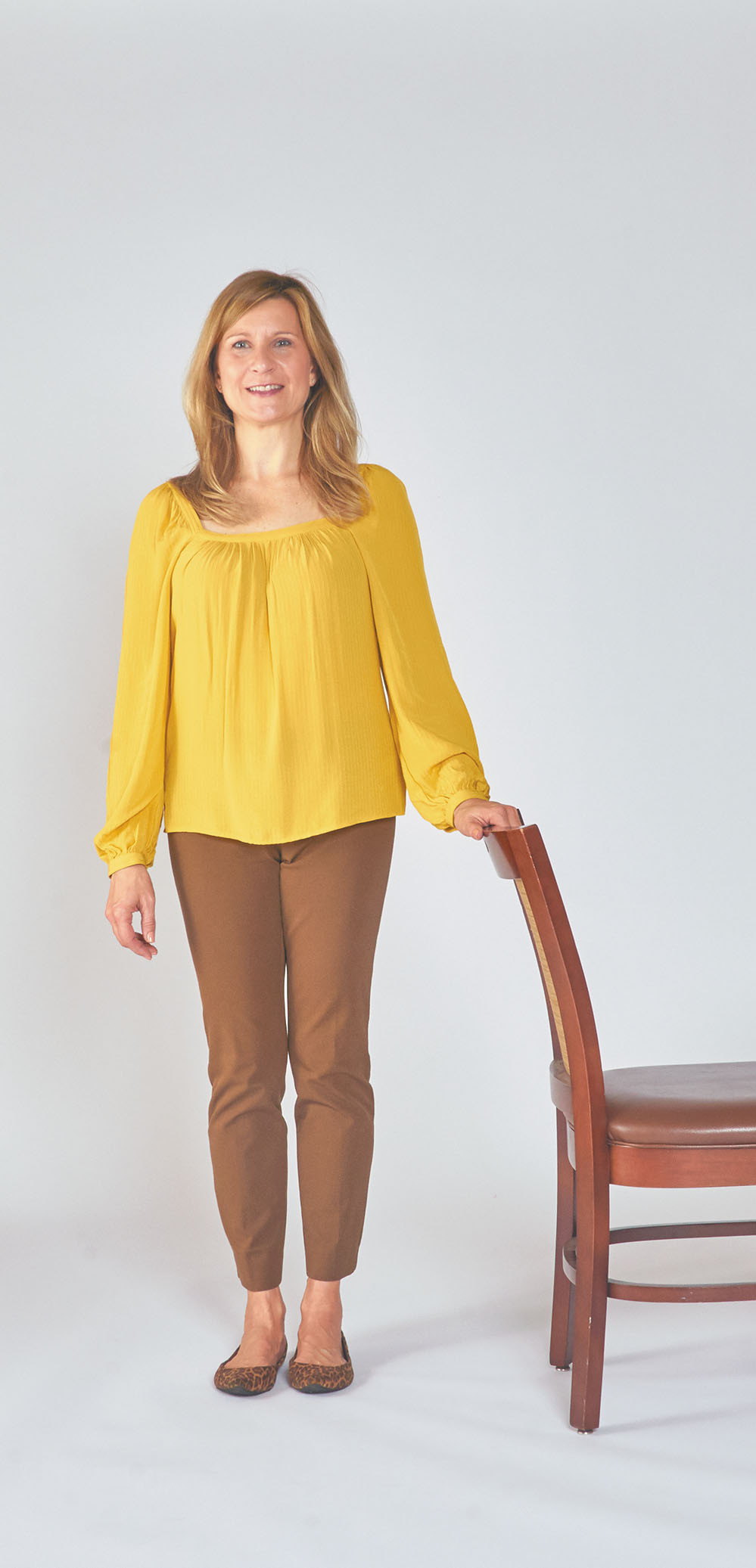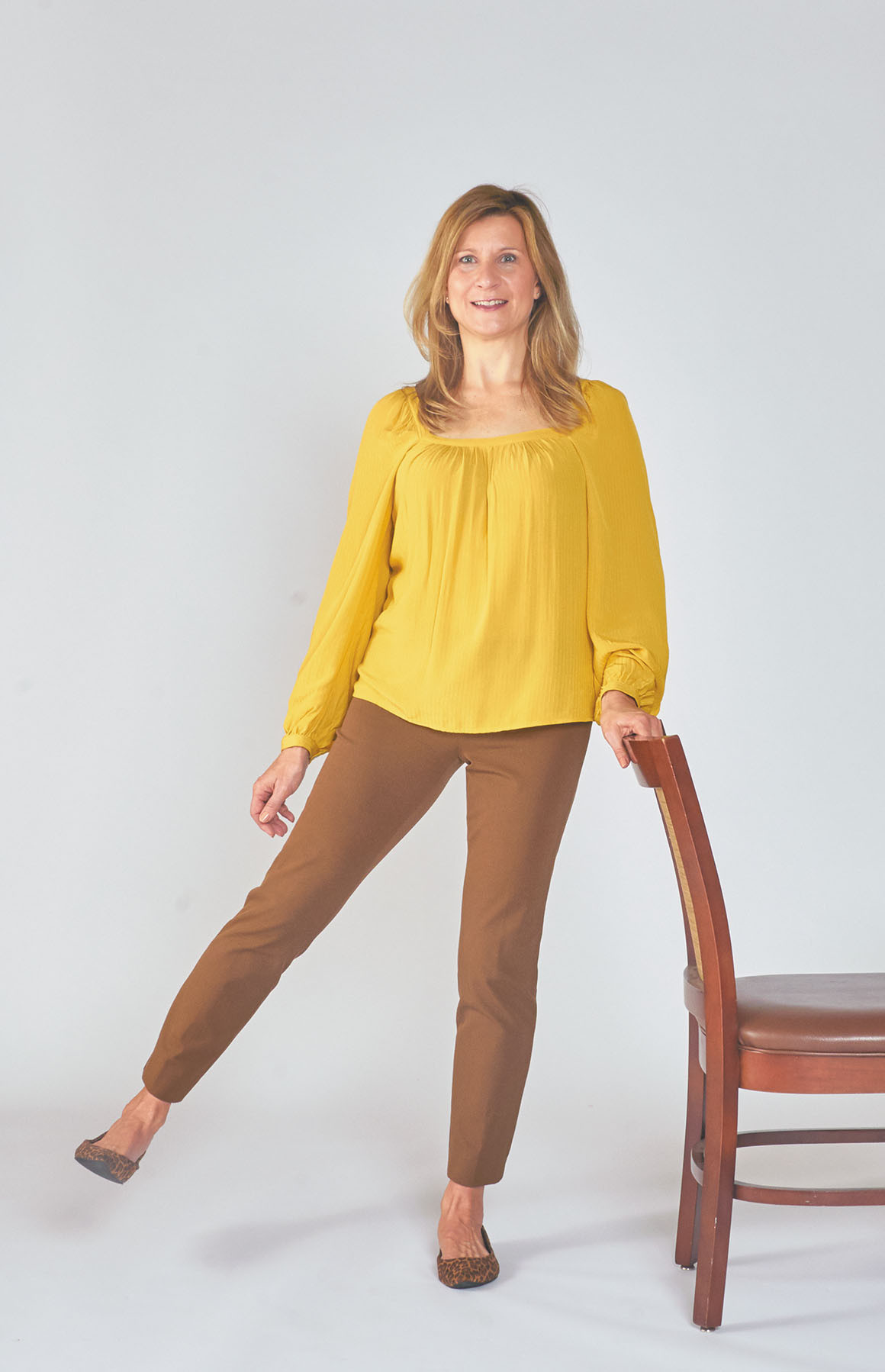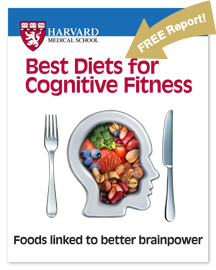Easy exercises to shore up your core
Adding a few simple moves to your daily routine can help you strengthen your midsection.
 Many people think that core exercises mainly target your belly, but there's much more to your core. It also includes the muscles in your back, sides, pelvis, hips, and buttocks. "Think of your core as all the muscles that help stabilize your trunk so your limbs can move," says Eric L'Italien, a physical therapist and certified strength and conditioning coach with the Harvard-affiliated Spaulding Rehabilitation Network.
Many people think that core exercises mainly target your belly, but there's much more to your core. It also includes the muscles in your back, sides, pelvis, hips, and buttocks. "Think of your core as all the muscles that help stabilize your trunk so your limbs can move," says Eric L'Italien, a physical therapist and certified strength and conditioning coach with the Harvard-affiliated Spaulding Rehabilitation Network.
A strong core helps support cardiovascular health by helping you stay active. First, many physical activities and sports depend on a stable, flexible core, including cycling, golf, tennis and other racquet sports, and swimming. Second, core exercises (if done regularly) may also help prevent low back pain, which affects four in five Americans at some point in their lives. Back pain is one of the most common reasons people see a doctor — and a major reason people don't exercise.
Easier options
However, some popular core exercises done on the floor, such as planks and crunches, may be too challenging for older people and those who aren't very physically active. (Planks involve holding the "up" part of a push-up, while crunches are variations of sit-ups.) But there are other ways to improve your core strength that don't require you to get down on the ground. "Any movement that requires you to control and stabilize your trunk while moving your legs or arms will train your core," says L'Italien.
Check with your doctor before starting a program of core exercise if you've had hip or back surgery or pain, or if you have heart disease or another chronic health condition. Two easy exercises, the chair stand and the standing side leg lift (see photos), are good options for people who are just getting started with core training.
Chair stand


Sit in a chair with your feet hip-width apart, with your hands on your thighs. Tighten your belly muscles and buttocks. Slowly stand up, then sit down with control. Repeat 7 to 9 times.
Standing side leg lift


Stand next to a chair, holding the back with your left hand. Keep your weight balanced on both feet. Slowly lift your right leg to the side until your foot is about six inches off the floor. Hold and return to starting position. Repeat 7 to 9 times, then repeat with the left leg.
Carry that weight
To strengthen your entire core, L'Italien also recommends walk-and-carry exercises (also referred to as loaded carries), in which you hold a weight or another heavy object in one or both hands while you walk for short distances. "I like these exercises because they train your core really well and they also simulate real-life activities, such as carrying groceries or a laundry basket," he says. In fact, you can use those or similar items instead of dumbbells during the exercises.
Choosing the correct weight is important, says L'Italien. It should be heavy enough that you feel like you need to stabilize your abs to stay steady, but not so heavy that you feel any discomfort. Make sure your spine — including your neck — stays straight and you don't slouch or lean forward, backward, or to one side.
For each of the three examples below, walk for 30 to 60 seconds, remembering to breathe and keep the tension in your abs as you move. Put down the weight and rest for at least 30 seconds. Repeat the walk once or twice more.
Laundry basket carry. Stand up straight and hold a either a dumbbell or a full or partly filled laundry basket in front of your body, keeping your elbows and upper arms close to your body.
Farmer's carry. For this carry (so named because it mimics a farmer carrying buckets of milk), you hold either a dumbbell or a bag of groceries in each hand, with your arms down by your sides.
Suitcase carry. This is done like the farmer's carry, except you hold a weight or bag in only one hand while your other hand is free. Having all the weight on one side forces your core muscles to work a little harder so that you don't lean. Do two to three walks with the weight on each side.
For more information and many more core exercises, see the Harvard Health Publishing Special Health Report Gentle Core Exercises (/GC).
Image: © Wavebreakmedia/Getty Images; exercise photos by Thomas MacDonald
About the Author

Julie Corliss, Executive Editor, Harvard Heart Letter
Disclaimer:
As a service to our readers, Harvard Health Publishing provides access to our library of archived content. Please note the date of last review or update on all articles.
No content on this site, regardless of date, should ever be used as a substitute for direct medical advice from your doctor or other qualified clinician.
















